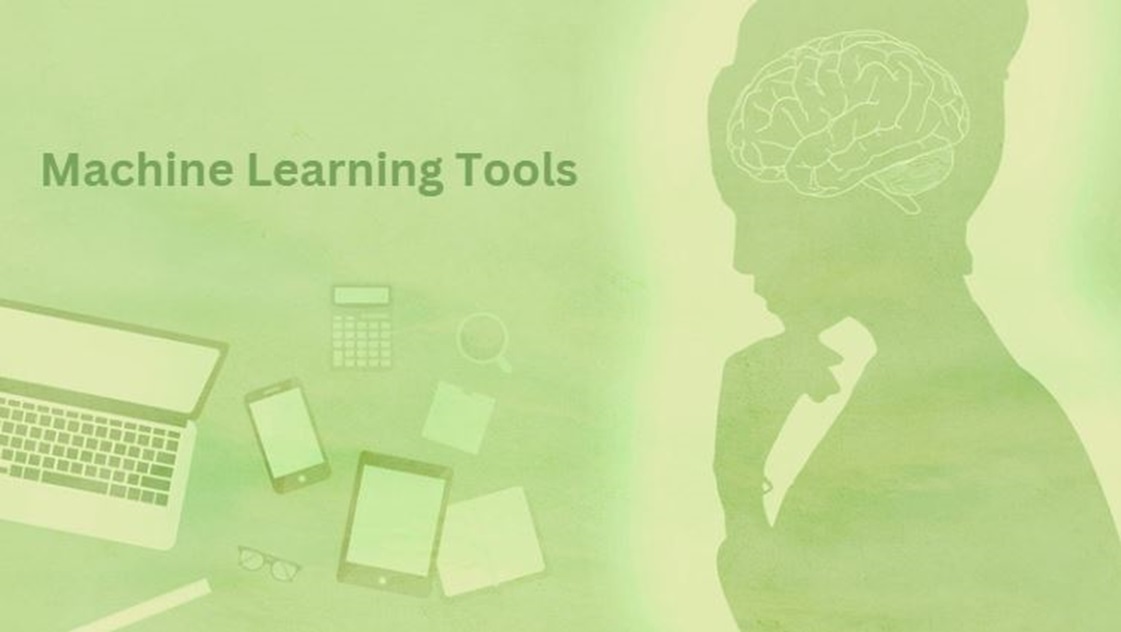In the rapidly evolving landscape of technology, machine learning has emerged as a transformative force, revolutionizing the way we approach data analysis, decision-making, and problem-solving. Central to the growth and success of machine learning are the tools that enable developers, data scientists, and businesses to harness its potential. In this comprehensive guide, we will explore the diverse array of machine learning tools, their applications, and how they are shaping the future of artificial intelligence.
Introduction to Machine Learning Tools:
Machine learning tools encompass a wide range of software, frameworks, libraries, and platforms designed to facilitate the development, deployment, and management of machine learning models. These tools play a pivotal role in making machine learning accessible to a broader audience, enabling both experts and novices to leverage the power of artificial intelligence in their projects.
Popular Machine Learning Frameworks:
Machine learning frameworks provide a foundation for building and training models. TensorFlow and PyTorch are two of the most widely used frameworks, offering a comprehensive set of tools for developing neural networks and other machine learning models. TensorFlow, developed by Google, is known for its scalability and flexibility, while PyTorch, favored for its intuitive interface, has gained popularity in the research community.
Scikit-Learn for Traditional Machine Learning:
While deep learning frameworks dominate discussions, traditional machine learning remains essential in many applications. Scikit-Learn is a versatile library in Python that provides simple and efficient tools for data analysis and modeling. It includes algorithms for classification, regression, clustering, and dimensionality reduction, making it an invaluable tool for practitioners working on a wide range of machine learning tasks.
Data Processing and Analysis:
Effective machine learning relies on quality data, and tools for data processing and analysis are crucial in this regard. Pandas, a powerful Python library, facilitates data manipulation and analysis, allowing users to clean, transform, and explore datasets seamlessly. Jupyter Notebooks provide an interactive environment for data scientists to develop and present machine learning projects collaboratively.
AutoML for Automated Model Building:
As machine learning adoption grows, there is a rising need for automated solutions that simplify model building and deployment. AutoML (Automated Machine Learning) tools like Google's AutoML and H2O.ai's Driverless AI are designed to automate the end-to-end process of model development, from data preprocessing to model selection and optimization. These tools enable users with limited machine learning expertise to create powerful models with ease.
Natural Language Processing (NLP) Tools:
NLP is a subset of machine learning that focuses on the interaction between computers and human languages. SpaCy and NLTK (Natural Language Toolkit) are popular libraries for NLP tasks. SpaCy is known for its efficiency in processing large amounts of text, while NLTK provides a comprehensive suite of tools for tasks such as tokenization, stemming, and sentiment analysis.
Computer Vision Libraries:
Computer vision, a field within machine learning, involves teaching computers to interpret and understand visual information. OpenCV (Open Source Computer Vision Library) is a widely used open-source library that provides tools for image and video analysis, while TensorFlow and PyTorch also offer specialized modules for computer vision tasks. These libraries empower developers to create applications ranging from facial recognition to object detection.
Reinforcement Learning Frameworks:
Reinforcement learning is a type of machine learning where agents learn to make decisions by interacting with an environment. OpenAI's Gym is a popular toolkit for developing and comparing reinforcement learning algorithms. TensorFlow and PyTorch also offer libraries like TF-Agents and Stable-Baselines that simplify the implementation of reinforcement learning models.
Model Deployment and Management:
Once a machine learning model is trained, deploying it into a production environment becomes a critical step. Tools like TensorFlow Serving, Flask, and FastAPI facilitate the deployment of machine learning models as APIs (Application Programming Interfaces), allowing seamless integration into applications and services. Model management platforms like MLflow and Kubeflow help organizations streamline the end-to-end machine learning lifecycle, from experimentation to deployment and monitoring.
Cloud-Based Machine Learning Platforms:
Cloud computing has democratized access to powerful computing resources, and major cloud providers offer machine learning platforms that simplify the development and deployment of models. Google Cloud AI Platform, Amazon SageMaker, and Microsoft Azure Machine Learning provide scalable infrastructure, collaborative environments, and tools for model training and deployment, making machine learning more accessible to businesses of all sizes.
Conclusion:
Machine learning tools have become the backbone of innovation across industries, from healthcare and finance to marketing and entertainment. As technology continues to advance, the landscape of machine learning tools will evolve, introducing new frameworks, libraries, and platforms that further enhance the capabilities of artificial intelligence. Whether you are a seasoned data scientist or a business owner looking to leverage machine learning for growth, understanding and utilizing these tools will be essential in navigating the exciting future that machine learning promises. Embrace the power of machine learning tools, and unlock the potential to transform the way we approach data and intelligence in the digital age.






Comments